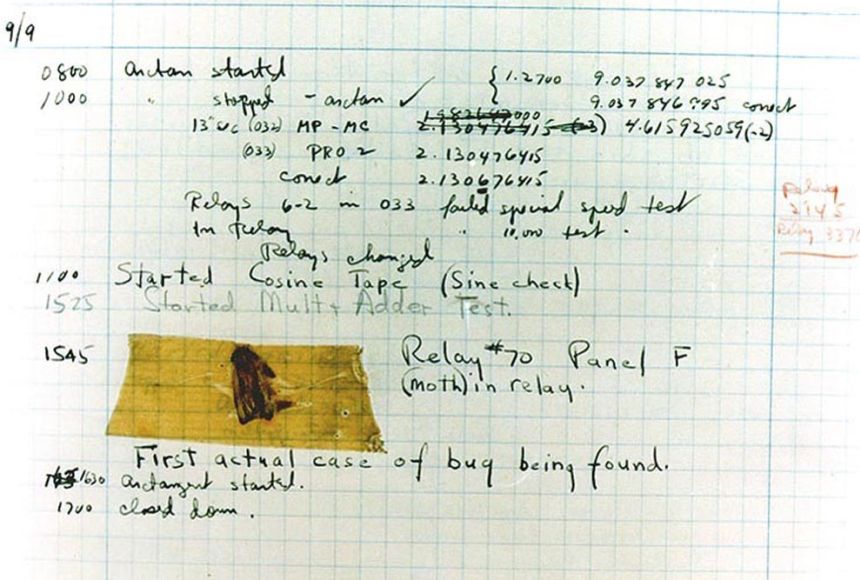Hopper and the Moth: How a Tiny Insect Taught Computers to Behave
Published:
In the world of software development, the term “bug” has become synonymous with defects or issues in code. But did you know that this term’s history dates back to engineering jargon long before the advent of computers? In this blog post, we’ll delve into the fascinating history behind the term “bug,” its evolution, and how a literal insect led to the birth of a now-common phrase.

The Origin of “Bug”
The term “bug” to describe defects has a rich history that predates electronic computers. The word can be traced back to the 1870s and was originally used in engineering to describe mechanical malfunctions. Thomas Edison himself mentioned “bugs” in a letter in 1878, referring to the faults and difficulties that arise during the invention process. Over the years, this term became a part of engineering jargon, hinting at unforeseen obstacles that engineers encountered.
Bugs in the Mechanical Realm
The term “bug” found its way into various industries long before the computer age. A 1924 comic strip in a telephone industry journal humorously depicted a “bug hunter” who turned out to be a repairman. Even the first mechanical pinball game, Baffle Ball, boasted of being “free of bugs” in a 1931 advertisement. During World War II, glitches in military equipment were referred to as bugs, emphasizing unexpected issues in technology.
The First Computer Bug
On September 9, 1947, a significant moment occurred at Harvard University. A team of computer scientists and engineers working on the Mark II computer encountered consistent errors. When they investigated, they discovered the cause: a moth had become trapped within the computer’s hardware, disrupting its electronics. This incident marked the first-ever computer bug, a literal one, and it set the stage for the term’s adoption in the digital realm.
Among the team investigating the first computer bug was Grace Hopper, a pioneering computer scientist. While she is often credited with reporting the bug, it was her efforts that made the incident widely known. Hopper’s contributions to the field of computing were immense, and her involvement in this historical moment added to her legacy.
Conclusion:
The term “bug” has come a long way, evolving from its origins in mechanical engineering to becoming an integral part of software development culture. The story of the first computer bug, a moth disrupting the Mark II computer, adds a touch of intrigue to the computing world’s history. Grace Hopper’s role in popularizing this incident further emphasizes the importance of pioneers in shaping our technological landscape.
As we navigate the ever-evolving world of technology, let’s not forget the humble moth that inadvertently taught us valuable lessons about the behavior of computers.
